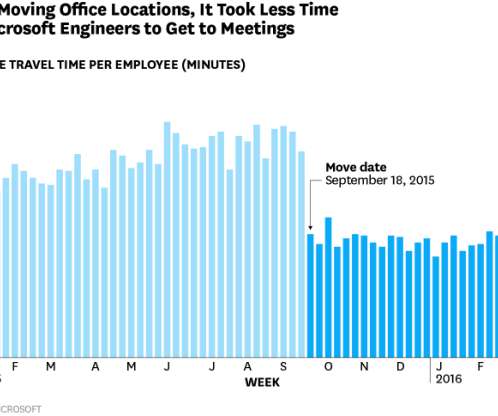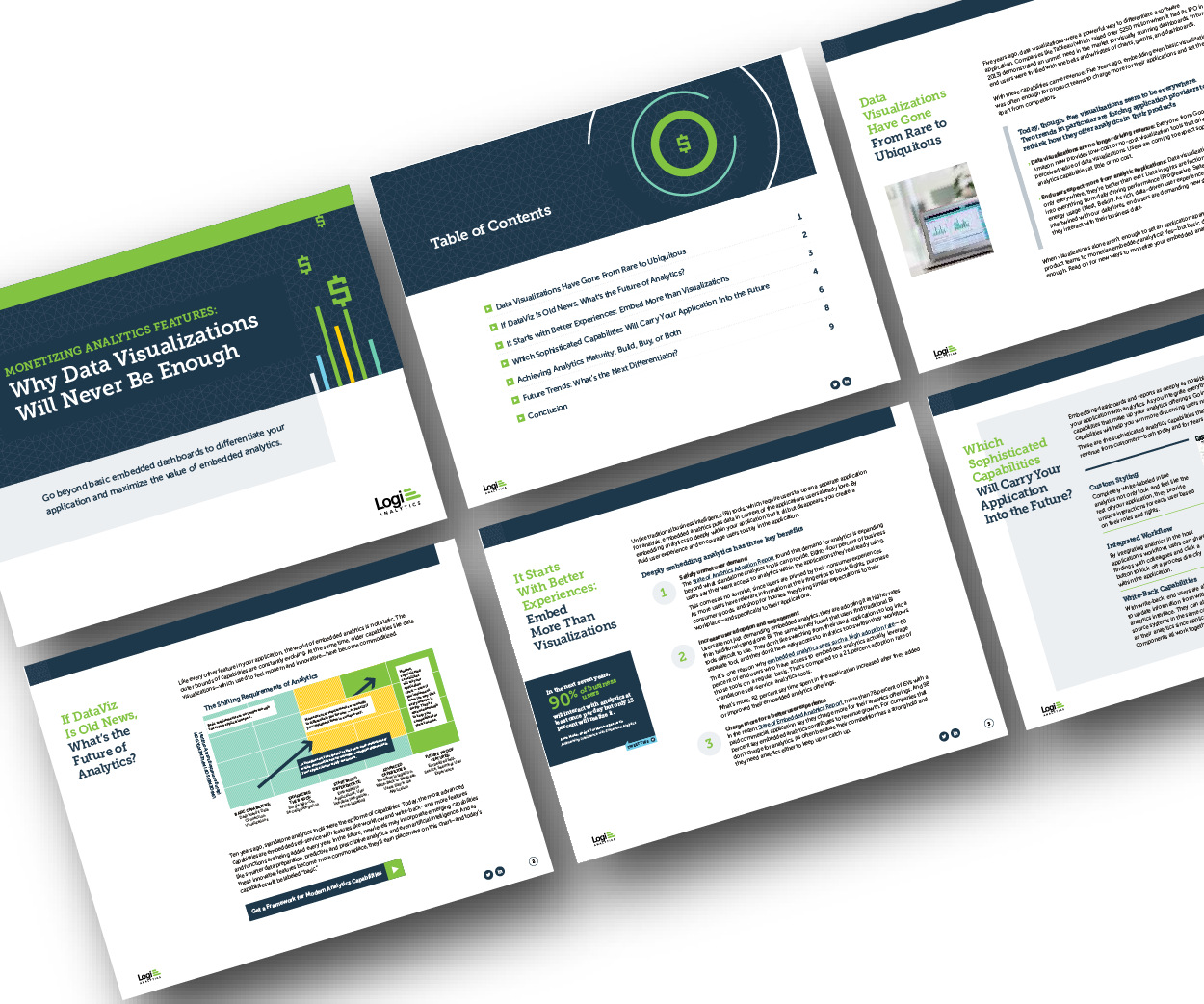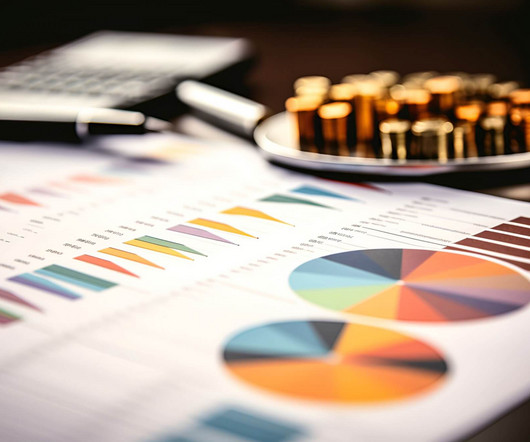6 Case Studies on The Benefits of Business Intelligence And Analytics
datapine
JANUARY 31, 2022
Using business intelligence and analytics effectively is the crucial difference between companies that succeed and companies that fail in the modern environment. Everything is being tested, and then the campaigns that succeed get more money put into them, while the others aren’t repeated. 1) Informed strategic decisions.





















Let's personalize your content